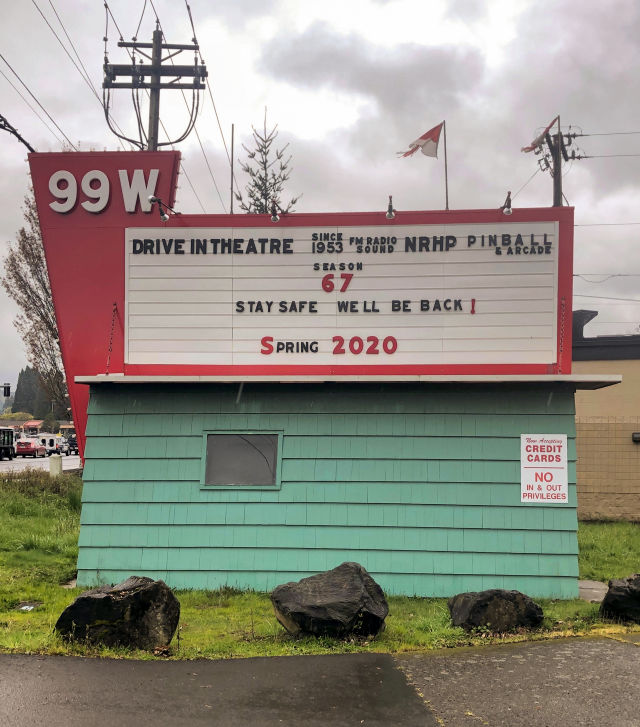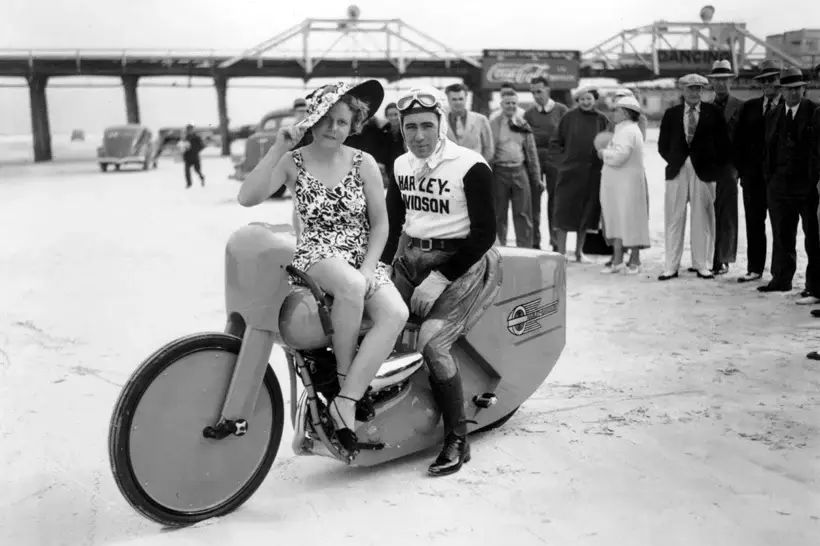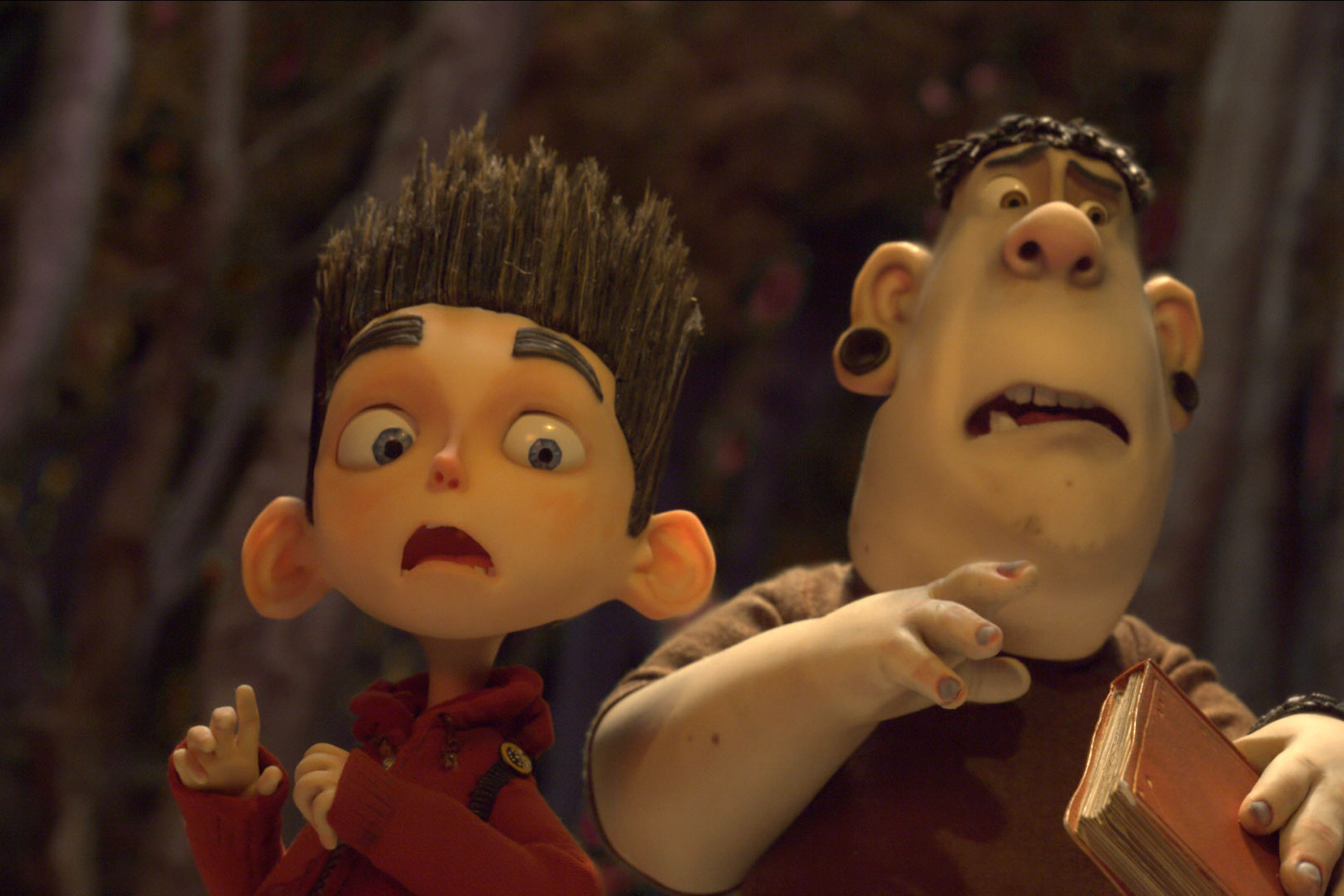What Does Coronavirus Mean for Oregon’s Drive-In Theaters?

Newberg’s indoor Cameo Theater is now closed by governor’s order, but its sister 99 Drive-In is in a gray area.
Image: Courtesy Brian Francis
An excerpt from the Sunday Oregonian, July 16, 1933: “DRIVE-IN THEATER OPENS. Motorists see film without leaving cars. Ushers equipped with bicycles to enable them to cover big territory.”
The dispatch, flecked with wonder and H. G. Wells futurism, didn’t come from the Northwest. It came from Camden, New Jersey, where the world’s first drive-in had just shown its inaugural matinee. Thirteen years would pass before the words “drive-in theater” appeared in the O’s column inches again, when a short-lived drive-in north of Columbia Boulevard (next to what would later be Portland Meadows) became Oregon’s very first. It was eventually ordered to close after neighbors complained about light pollution.
Now, in the midst of a public health crisis that has at least temporarily put an end to public moviegoing, drive-ins have elbowed their way back into the spotlight. If patrons stay car-bound, might these kitschy relics become an unexpected last hope for communal viewing? The answer—surprise—is complicated.
After an explosion in popularity in the mid-20th century that brought drive-ins to Eugene, Hood River, 82nd Avenue, and beyond, the spots faded to novelty status. Multiplexes proliferated, car culture declined, and the advent of home video retooled our ideas about private, personal viewing. Today, only three fully operational drive-ins remain statewide: one on Route 99 in Newberg, one at the edge of downtown La Grande, and another in Milton-Freewater, just south of Walla Walla on the Washington border.
All three, like many still-kicking American drive-ins, operate seasonally. They typically pick up around spring break and stay open through the summer months, showing tentpole titles to local families who nurse a nostalgia streak. Brian Francis, owner/operator of Newberg’s 99W Drive-In, remembers an especially fruitful 2015, when an unseasonably warm spring met Clint Eastwood’s American Sniper.
“It was just sort of a perfect storm,” he says.
For Francis and his ilk, we may be in the middle of another perfect (albeit darker) storm. Then again, maybe not.
Rapidly shifting coronavirus safety recommendations in Oregon first banned crowds of more than 250, then whittled the number down to 25, and then banned nonessential gatherings of any size. Gov. Kate Brown’s statewide stay-at-home order on March 23 shuttered many businesses, but created a cloud of questions for others, drive-ins included.
“It says specifically that theaters are supposed to be closed in the order,” notes Francis. “So how many fifty shades of gray, hundred shades of gray does that spill on the drive-in?”
Mike Spiess, whose family has operated the Milton-Freewater Drive-In since he was born in 1961, first felt the effects of COVID-19 as an educator—he's taught middle school for 35 years, and his wife, Lois, is a school cook.
“We didn’t really think a lot about the drive-in,” he admits. But once the initial shock of school closures and worry about a son in Seattle wore off, the couple noticed a flood of questions on their theater’s Facebook page.
Those questions led Spiess to a number of long talks with the Oregon Health Authority and the Umatilla County Health Department, both of whom eventually gave him the all-clear to open up shop—with caveats, of course.
Cars will have to keep a distance of six feet from one another, per CDC recommendations, and the snack bar will pivot to a takeout model, with patrons appropriately spaced for ordering and gloved runners delivering food to individual cars. Most stringent are the bathroom rules: Spiess must have an attendant on-site ensuring no more than one person uses the facilities at a time, and the room must be completely sanitized between each use. With that in mind, he’s considering a shift from double features to single screenings. “If we’re out there for five hours, people are gonna have to go to the bathroom,” he says.
He’s also considering a hard lean into community-mindedness. Before he officially fires up the projector (he plans to open the weekend of April 17, possibly with Pixar’s Onward), Spiess will offer up his facility to a collective of local churches for a “socially distant Easter service,” hearkening back to similar practices in the ’50s.
Out west, things look different.
In addition the 99W drive-in, Francis owns the indoor Cameo theater downtown Newberg ("We drive-in people call them 'hard tops'"). He closed the Cameo accordance with the governor's mandate, and at first, thought he might be able to go forward with drive-in business as usual. “[Drive-ins] are the original 1950s social distancing—family in a plastic bubble of their own car unit. The andromeda strain couldn’t get ’em,” he jokes, noting that media outlets and acquaintances alike framed the uncertainty about large gatherings as a potential drive-in boost.

The marquee at 99W in Newberg. ”Stay safe. We’ll be back!”
Image: Courtesy Brian Francis
When the conversation turned to crowd bans, though, Francis tried getting in touch with the state. He had already planned to postpone his typical mid-March opening to attend CinemaCon in Las Vegas, so he was able to absorb changing state mandates without blowing too far off course.
Now that course is uncertain. “Obviously, we’re not gonna be open during the stay-at-home order,” he says, though plenty of regulars wish otherwise. He’s been communicating with State Rep. Bill Post and legal counsel, awaiting solid instruction on next steps. If he opens, he says, it’ll be in May at the earliest. As of early April, 99W remained closed, and Francis has started hosting virtual movie nights via Facebook, where families watch titles like Mulan at designated start times.
Even if he does open, there's little indication that drive-ins could be a "Noah's Ark that saves the film industry," as Francis puts it. Spiess notes that, with studios delaying planned summer releases, an already-down year for blockbusters is now doubly uncertain. Plus, home viewing is hardly obsolete: titles like Emma., The Invisible Man, Onward, and Never Rarely Sometimes Always, which hit theaters just as coronavirus was shutting things down, have come to digital platforms early, available for living room beaming at will. Northwest Portland's Cinema 21 has partnered with Film Movement Plus for a virtual cinema, where viewers can stream indie releases the theater has programmed and directly line the pockets of both the theater and the distributor.
“We don’t know what the novel virus is gonna do to our already novel form of exhibition,” Francis admits.
Spiess echoes him. “We’re living a unique situation,“ he says, “and drive-in theaters are unique businesses. So maybe we can do some things here. We’re trying to balance, no. 1, health and safety. But we also want to be of service to our community.”
Listen to Portland Monthly arts editor Conner Reed talks about how drive-in theaters have reemerged in the age of coronavirus in this episode of Footnotes.




